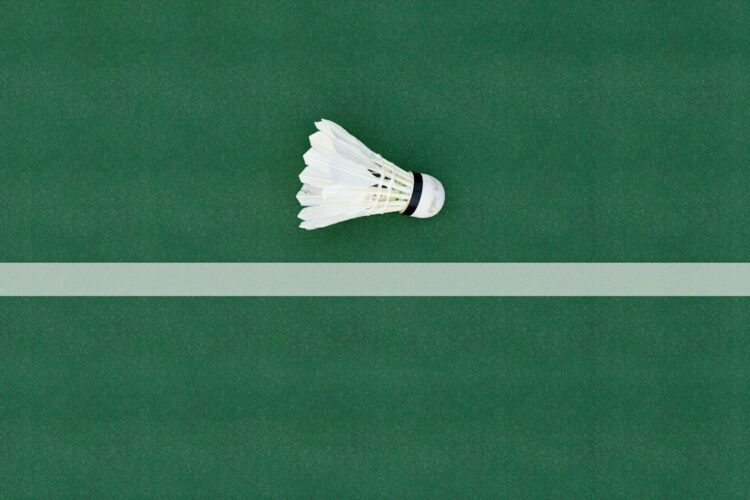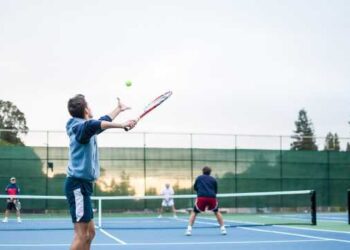Exploring the Science of Sports Injuries and Rehabilitation
Sports injuries are an unfortunate consequence of participating in physical activities. Whether you are a professional athlete, a weekend warrior, or simply someone who enjoys staying active, the risk of getting injured is always present. However, thanks to advancements in science and technology, the field of sports injury rehabilitation has made tremendous progress over the years. In this blog post, we will delve into the science of sports injuries and explore the strategies and techniques used in their rehabilitation.
Understanding Sports Injuries
Sports injuries can occur in various forms, ranging from sprains and strains to fractures and dislocations. They can happen due to sudden impact, repetitive motions, or overexertion. In order to effectively treat and rehabilitate these injuries, it is imperative to understand the underlying mechanisms and causes.
Firstly, it is important to realize that every sport has its own unique set of injury risks. Contact sports such as football and rugby pose a higher risk of traumatic injuries like concussions and fractures, while sports like tennis and golf are associated with overuse injuries such as tendonitis.
Another crucial aspect to consider is the biomechanics of the body. Sports injuries often arise when certain movements or forces imposed on the body exceed its natural limits. For example, a sudden twisting or landing awkwardly can lead to ligament tears or joint dislocations.
The Rehabilitation Process
The primary goal of sports injury rehabilitation is to restore optimal function and performance to the injured area. This is achieved through a well-rounded and comprehensive approach, which involves several key components.
One of the fundamental principles of sports injury rehabilitation is the use of targeted exercises and physical therapy. These exercises focus on rebuilding strength, flexibility, and range of motion in the injured area. They are often tailored to each individual’s specific needs and can be both challenging and rewarding.
Moreover, many injuries require additional interventions such as manual therapies and modalities. Techniques like massage, joint mobilization, and electrical stimulation can promote healing, reduce pain, and improve overall function.
In recent years, technology has also played a significant role in sports injury rehabilitation. Modalities such as ultrasound, laser therapy, and cryotherapy have shown promising results in accelerating the healing process, minimizing inflammation, and reducing pain.
Furthermore, the science of sports injury rehabilitation has evolved to emphasize the importance of a multidisciplinary approach. This involves collaboration between various healthcare professionals, including physicians, physical therapists, chiropractors, and nutritionists. By working together, they can address the unique needs of each individual and provide comprehensive care.
Preventing Future Injuries
While sports injuries can happen to anyone at any time, there are measures one can take to reduce the risk of getting injured. One of the key factors in preventing injuries is understanding the importance of proper warm-up and cool-down routines. These routines help prepare the body for physical activity and aid in the recovery process afterward.
Additionally, maintaining a balanced and nutritious diet is crucial for overall health and injury prevention. Consuming the right nutrients and staying well-hydrated can enhance muscle strength and flexibility, as well as promote tissue repair.
Lastly, it is important to listen to your body and be aware of any warning signs of potential injuries. Ignoring pain or discomfort can lead to further damage and prolong the recovery process. Seeking professional advice at the earliest signs of trouble can make a significant difference in the outcome.
In Summary
Sports injuries are an inevitable part of engaging in physical activities, but the science of sports injury rehabilitation has come a long way. With advancements in our understanding of the mechanisms behind these injuries and the development of state-of-the-art rehabilitation techniques, many athletes and individuals are able to make remarkable recoveries. By employing a comprehensive and multidisciplinary approach, we can treat sports injuries effectively and help athletes return to their previous level of performance. Remember, prevention is always better than cure, so take the necessary precautions to minimize the risk of getting injured in the first place. Stay active, stay safe, and enjoy the wonderful world of sports.












